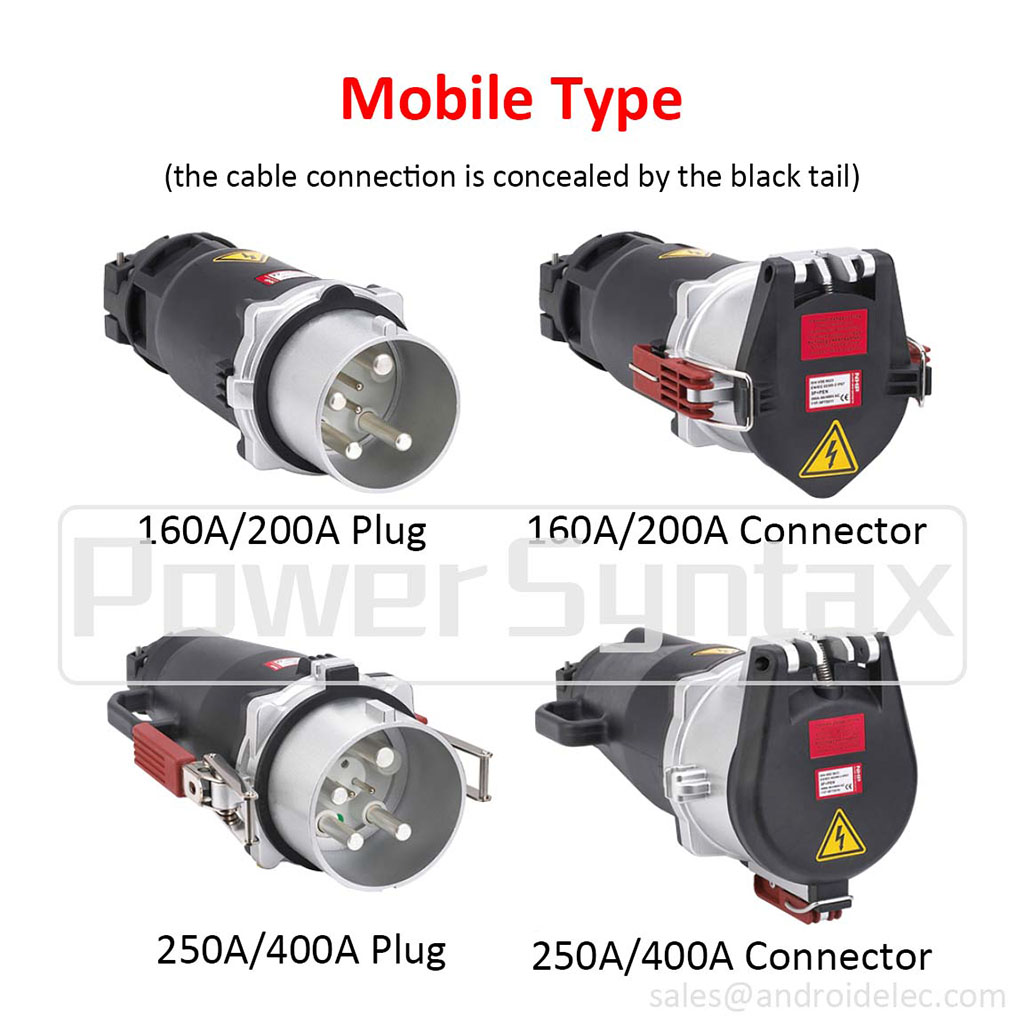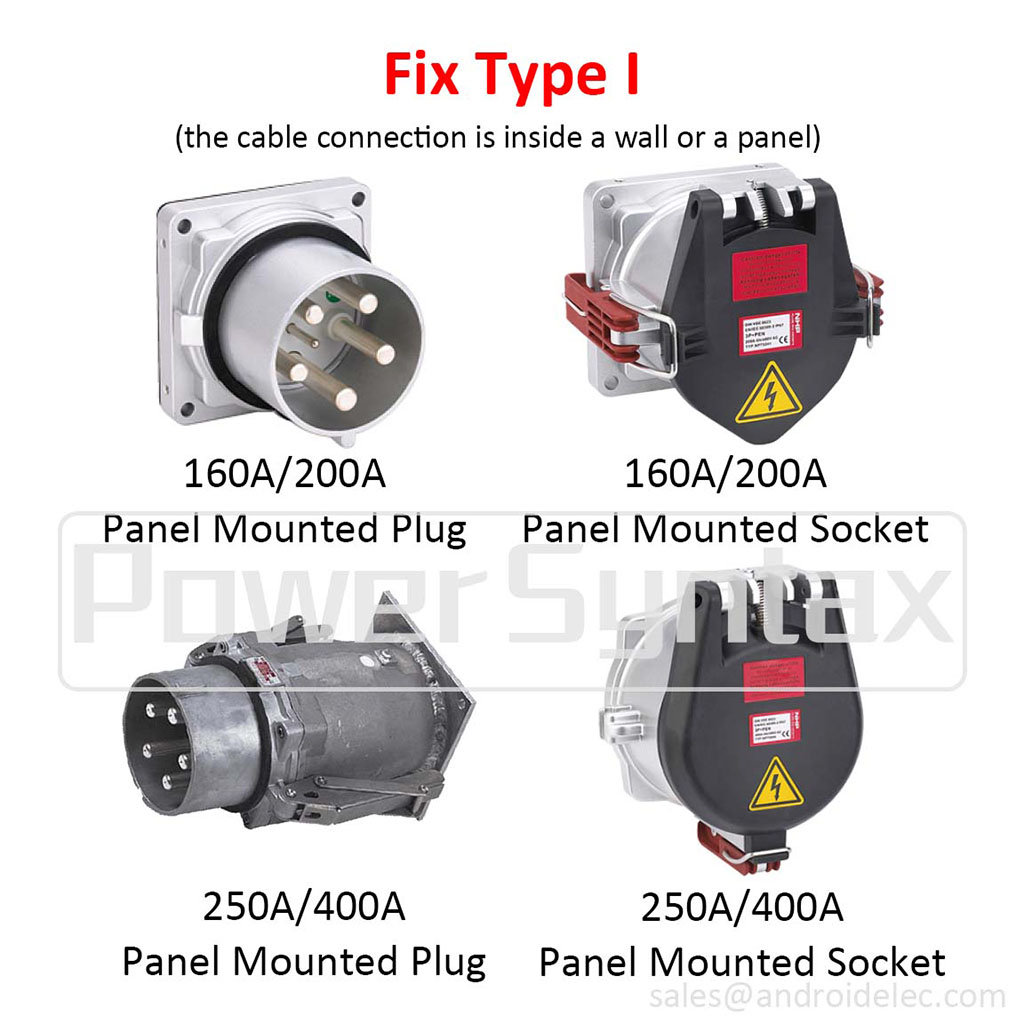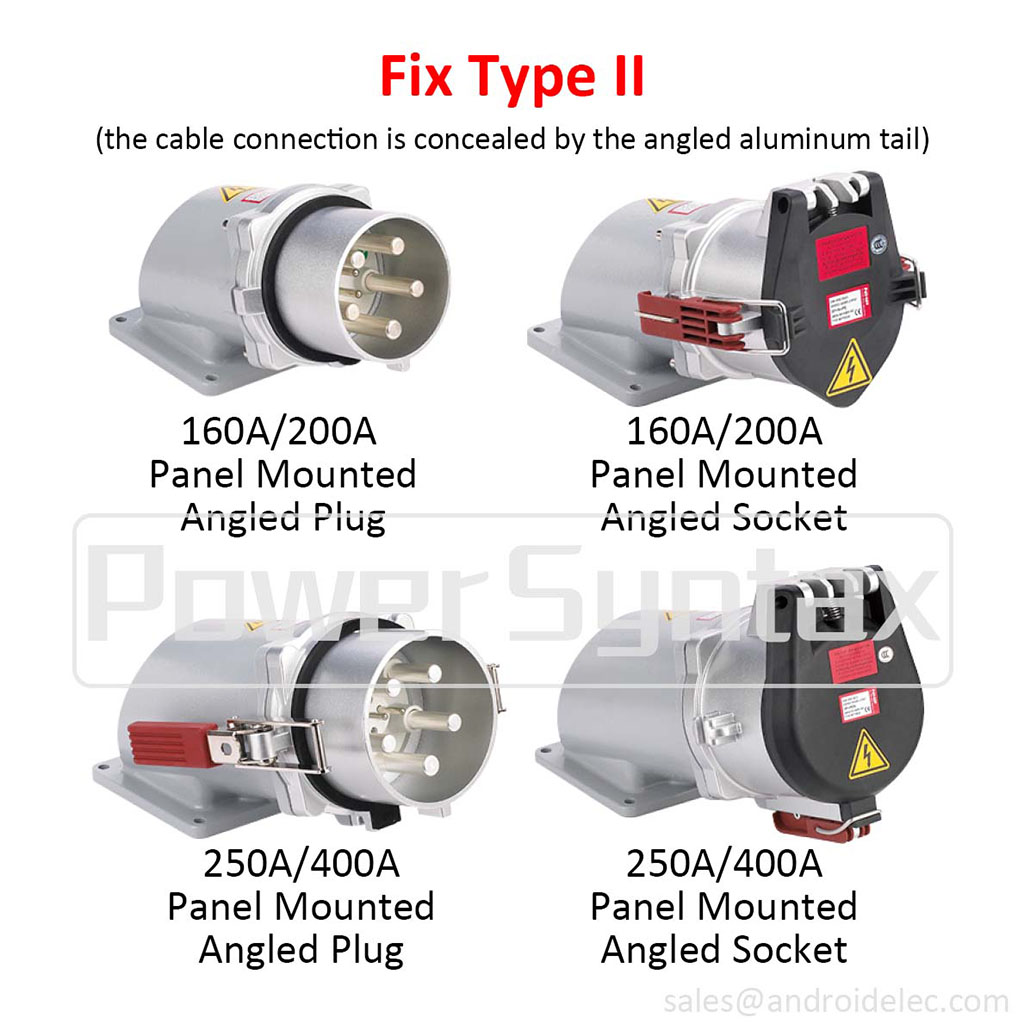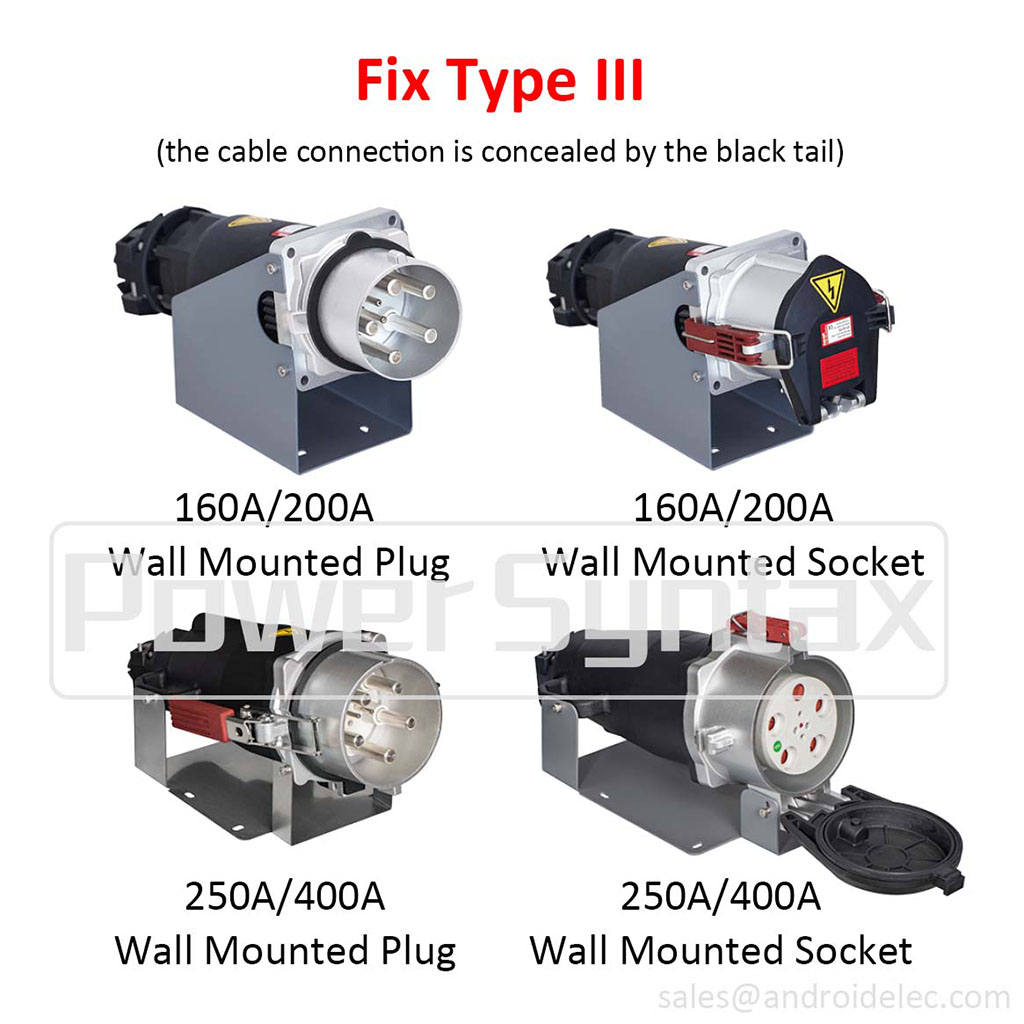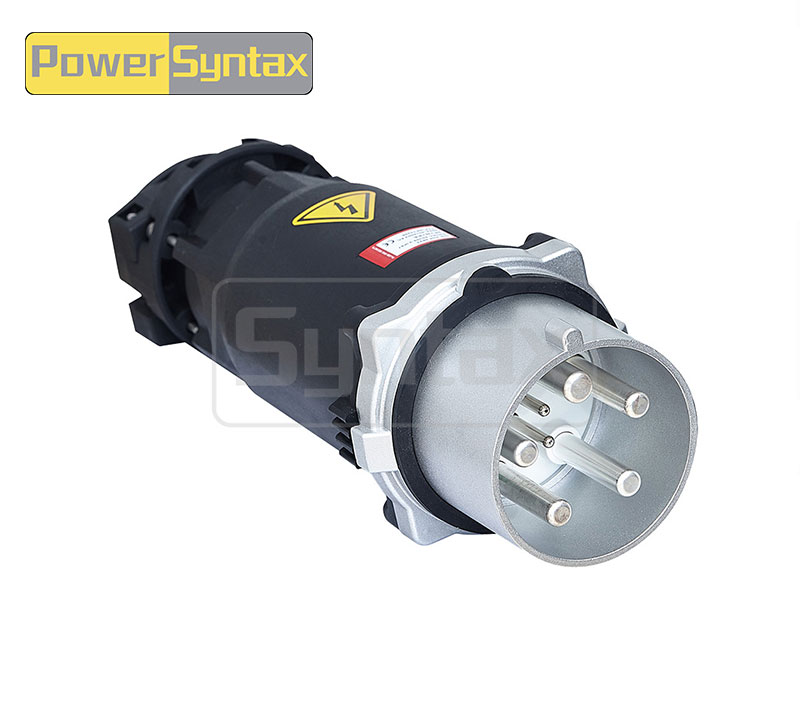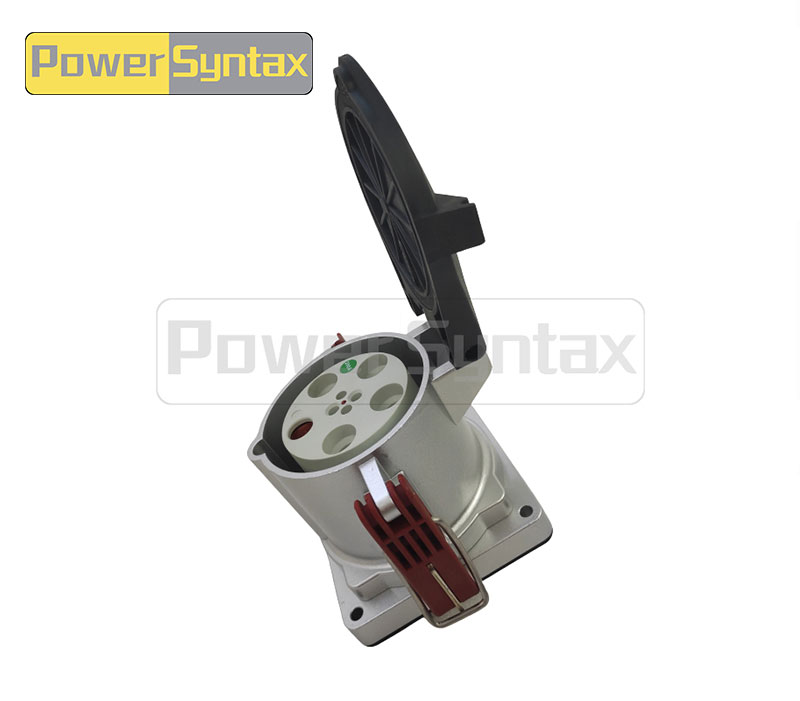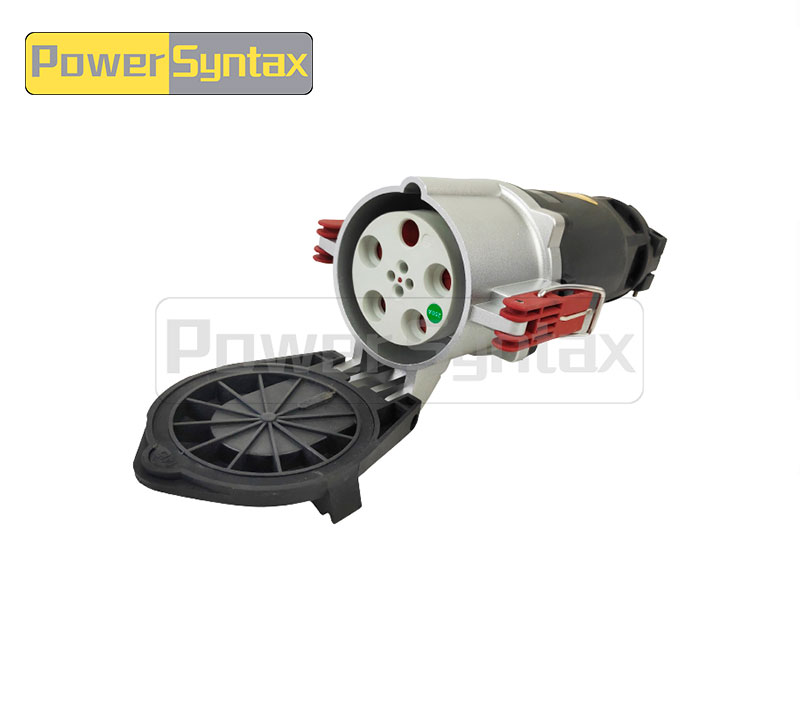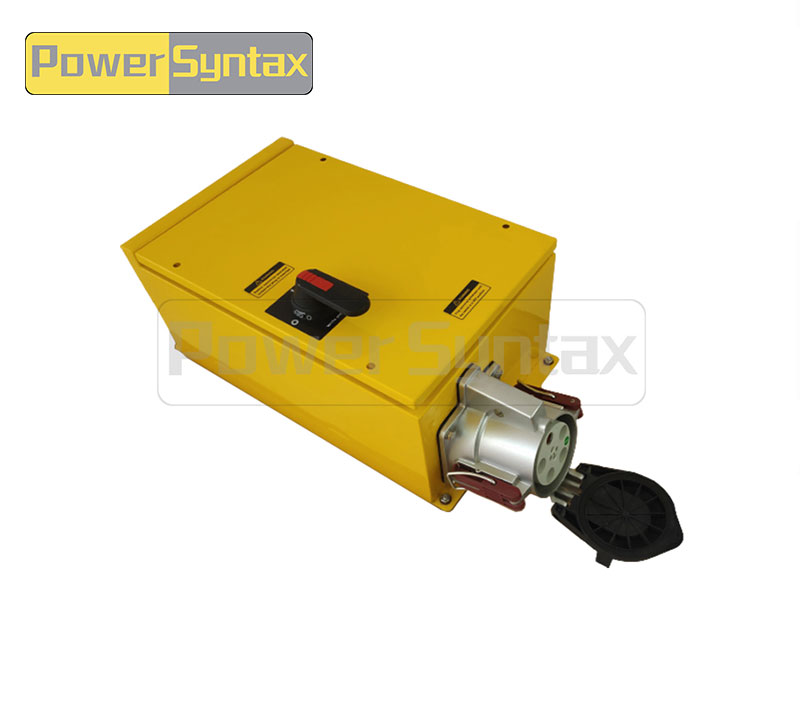How to Identify the Mobile Types and Fixed Types of High Current Plugs and Sockets
Identifying the different types of high current plugs and sockets can be quite challenging, especially if you are not familiar with their characteristics and specifications. However, by understanding the key features and design aspects of these connectors, you can easily differentiate between the mobile and fixed types.
1. The application of the mobile type plugs and sockets.
Firstly, let's talk about mobile high current plugs and sockets. As the name suggests, these connectors are designed to be movable and are commonly used in applications where frequent connections and disconnections are required. Mobile plugs and sockets are often found in portable electrical devices, such as mobile generators, temporary power installations, and certain types of industrial equipment.
2. The movable characteristics.
To identify a mobile high current plug or socket, there are a few features to look for. Firstly, mobile connectors usually have a sturdy and robust construction to handle the rigors of frequent use and transportation. They are typically larger in size and have a heavier weight compared to fixed connectors. Additionally, mobile plugs and sockets may be designed with features such as ergonomic handles or rugged enclosures for ease of use and durability.
3. The versatility of the mobile type plugs & sockets.
Another characteristic of mobile plugs and sockets is their versatility. These connectors often support a wide range of current ratings and voltage levels, making them adaptable to different power requirements. They may also come with multiple pins or contacts to handle various electrical connections simultaneously.
4. The application of fixed high current plugs and sockets.
On the other hand, fixed high current plugs and sockets are designed for permanent installations or applications where a constant and reliable connection is needed. These connectors are commonly used in buildings, power distribution systems, and industrial installations.
5. The fixed characteristics.
To distinguish a fixed high current plug or socket, there are several factors to consider. Firstly, fixed connectors are typically smaller and more robust in construction compared to their mobile counterparts. They are designed to withstand long-term use and provide a stable electrical connection. Fixed plugs and sockets are commonly installed within electrical panels, distribution boards, or wall outlets.
It's important to note that both mobile and fixed high current plugs and sockets come in different shapes, sizes, pin configurations, and specifications, depending on the specific application and electrical standards in different countries. When identifying and selecting the correct plug and socket for your needs, it is recommended to consult the relevant electrical standards and guidelines, and seek professional assistance if needed.
Let's go through it together with the help of illustrations:
